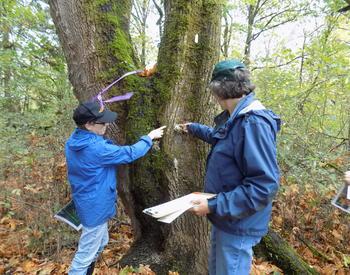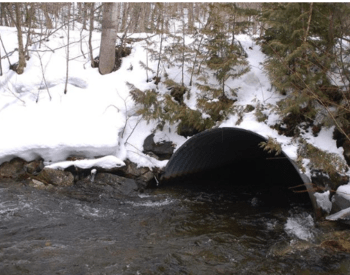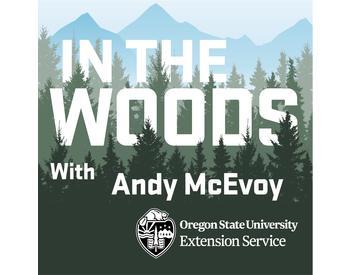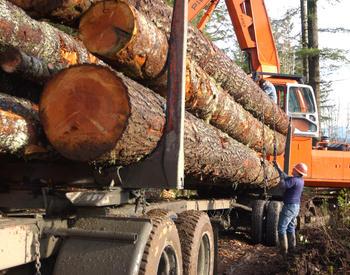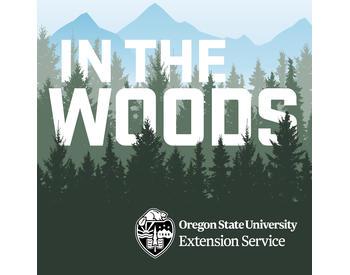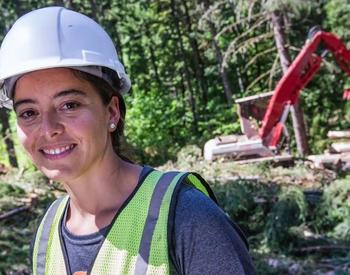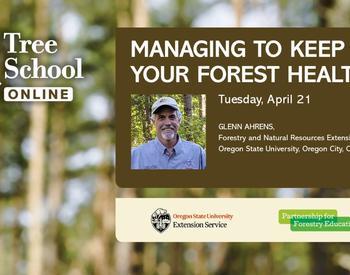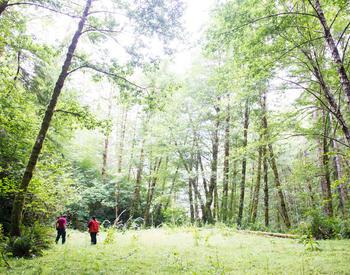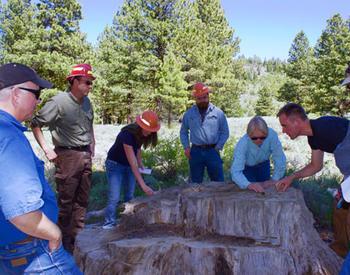What is a timber cruise?
From Bell and Dillworth: “Timber cruising, in its simplest form, is an inventory of a forest stand to determine the quantity of forest products that can be derived”.
In my words: Timber cruising is a sampling process to derive statistics regarding a population of trees in a given area.
Laymen Definition (from Bell and Dillworth): “The standard procedure [of timber cruising] is to measure a portion of the stand, and assume that the average volume of the area sampled is the same as the average volume of the entire stand.”
More Laymen Definitions (from Toby Atterbury): [Timber cruising is a process where] “samples are collected that hopefully represent the entire population.”
When should you get a cruise?
This question is supremely important. There is no reason to arbitrarily get a cruise unless there is an underlying reason.
Reasons for getting a cruise:
Cruising timber for purchase or sale
If you want to purchase timber or timberland you certainly want to know the value of it. Likewise, if you are going to sale your timber or timberland you certainly want to have an estimate of its value so you can properly evaluate offers, e.g., timber deed/lump sum, etc. This kind of a cruise will also shed light on the logging cost based on volume, maximum and average log size, number of pieces (logs), and quality of the timber. In general, the more volume and the fewer pieces to handle, the lower the logging cost for a given area and terrain.
Establishing timber basis when you acquire forest property
Timber basis consists of two parts: Value (cost) and Volume (MBF).
For premerch stands determine acres and stocking levels by species. Stocking level by species can be estimated in lieu of a sample.
Updating volume in timber basis for growth and ingrowth
For Oregon’s timber industry, volume cruises for merchantable stands begin around age 36. Growth models are used to grow stands and update volumes. Re-sampling usually is done every 5 (coastal regions) to 7 (interior Douglas-fir) years in part to make sure growth models don’t get too far off track. For small woodland owners to determine taxable gain from timber sale proceeds, I recommend a volume cruise prior to harvest to update your depletion rate.
Gross Sale Proceeds – Basis (through depletion) – sale expenses = taxable gain (or loss).
Establishing basis also allows you to claim a loss deduction if your timber is lost by casualty (fire or storms), theft or condemnation.
Cruising for management
A wide sort of objectives can be accomplished through a timber cruise, e.g., determination of need to reduce stocking levels (PCT or Thinning), determination of whether timber is getting too large and less marketable (butt diameters of logs in excess of 33”), harvest planning, estate planning, forest management plans, etc. About 20% of the class subject matter being taught today benefits from or is directly dependent on a timber cruise. A prime example is the class being taught this afternoon: Stand Density Management.
Establishing scope and purpose
Do you need a timber cruise, timber valuation, or timberland appraisal?
I need to make the distinction between these. Know which one you are asking for. They are distinct but very much related.
Timber Cruise
The vast majority of “timber cruises” are these. The data in not interpolated or manipulated; it is given to clients in standardized cruise reports (e.g., SuperAce cruise reports). These reports provide volume and trees per acre by species, sort, grade, age, along with other information. Absent is an estimate of the timber value. Clients for these reports typically work in the timber industry.
Timber Valuation
The inclusion of an estimate of the timber’s value commonly referred to as stumpage or immediate harvest value (IHV) constitutes a timber valuation. It is one more step and entails obtaining delivered log prices and estimating logging costs (cost to put logs on truck and haul to point of sale). It is one more step and will increase the cost modestly.
Timber Appraisal
A full timber appraisal is much more involved and cost considerable more. It requires the appraiser to be certified by the Oregon Appraiser Certification and Licensing Board. Market value is predicated on the Highest and Best Use. Multiple approaches for value determination are generally required, and other factors like easements and encumbrances are taken into account. Timberland appraisals are usually done to value an estate.
Finding a qualified timber cruiser
- No certification process in Oregon
- Search for professional foresters (not loggers).
- I recommend that you start with timber consulting companies as they advertise for this kind of work and do it most often.
- Inquire for contacts at Small Woodland/WOW meetings.
- Avoid conflicts of interest
- Ask questions like:
- Experience
- Education
- Referrals
- Example of previous cruises
Contracting for the job
- Work with the timber cruiser to determine the purpose and scope of the cruise.
- In general there are two kinds of timber cruises: inventory and sale cruising.
- An inventory cruise is less intensive (lighter sample/fewer plots) and costs less;
- A sale cruise is more intensive (heavier sample/more plots) and will cost more.
- A very important standard for inventory cruising (and sale cruising too) is deciding how many plots to target. This will have a large impact on the quality as well as the cost of the inventory. It is important to balance the two.
- From Curt Rogers (Forestry Consultant): “Over many years of reviewing timber cruise statistics, I have determined that 20 plots is the “sweet spot” to balance cost and efficacy. 20 plots is generally not enough for a sale cruise but sufficient for inventory.”
- For sale cruises, I’d bump the sample size up to 30 to 40 plots per stand.
- Determine your maximum and minimum sampling intensities for small and large stands, e.g., this may be one plot per acre for stands up to 20 acres; and 3 acres per plot for stands greater than 60 acres.
- Generally there is no need to exceed 30 to 40 plots per stand except to maintain minimum sampling intensities. This is in part based on the Central Limit Theorem which basically states that for non-uniform population distributions (more variables, mixed species, less homogeneous) if the sample size is sufficiently large, then the sampling distribution of the mean is approximately normal (i.e., you’re going to hone onto the true population mean).
- Understand that a forest property is generally broken into homogeneous stands (unless the entire forest property is uniform -- which generally is not the case). Each of these homogeneous stands will need a separate cruise.
- Determine how many field days are necessary to cruise the timber. Cruisers typically can do 20 sample plots per day (but this can vary).
- Determine how many office hours are needed to compile the data and research log prices.
- Agree on a price ahead of time, at least a general ballpark. It is not unreasonable that a timber cruiser underestimates the work by one day. There needs to be a little flexibility.
- If you plan on having premerchantable timber cruised (timber less than 36 years), and you want a timber valuation, ask how the timber is going to be valued. Valuing young timber scheduled for future harvest is more complex.
- From David Klemperer: “A realistic market value cannot be obtained by simply multiplying standing timber volumes by stumpage price per unit volume. Market values for young stands for deferred cutting may be below, above, or equal to current stumpage values. For rapidly growing immature timber, market value is more likely to exceed stumpage value. In the absence of comparable sales, discounted cash flow should be used to value timber held for future cutting.”
- Important information to collect for young stands are acreage, age, and stocking level.
- I called a forestry consultant, Jerry Witler from Northwest Forestry Consultants, and asked him for a price to cruise a hypothetical forest property that is 40 acres and the timber is 50 years old.
- Jerry estimated that it would take 2 or 3 days and cost $1300 to $1900. Valuation would cost an additional $800.
- A full appraisal would cost significantly more.
Interpreting the cruise data/report
- Acres by timber type
- Stand age
- Site productivity (site index; Kings Site Class).
- Species Detail
- Volume by log sort and grade
- Value
- Stand Table
- Trees per acre, tree heights by diameter class
Miscellaneous information
- Coefficient of variation in percent = (SD/sample mean) × 100
- Square feet in an acre: 43,560 ft2
- Growing for studs: 300 TPA, harvest around 40 years.
- Growing for export, 180 – 200 TPA, harvest around 55 years.
- Ideal scaling diameter for export logs currently: 12” – 19”.
- A 15.5” scaling diameter at 40’ roughly equates to a tree with a diameter of 22 inches. How to calculate desired TPA?
- Max Stand Density Index = TPA [quadratic mean diameter/10]1.605 Douglas-fir WA-OR Maximum SDI = 595.
- Solve for TPA
- 595= TPA [22/10]1.605
- TPA= 168
- Thinning goal, [43560/168].5 = 16 foot spacing between trees.
- If a 37 year old stand currently had 314 TPA, then would want to thin (remove) 314-168 =146 TPA
- Order of importance of measurement parameters: 1. Acres 2. Tree count 3. Tree height 4. Species 5. DBH 6. Defects
